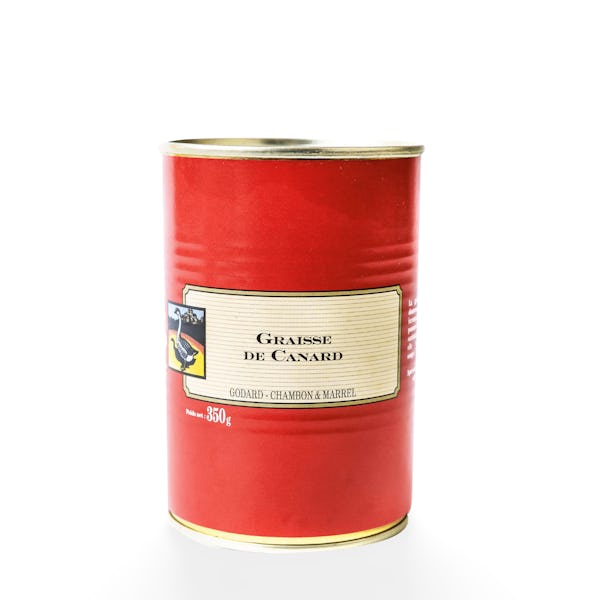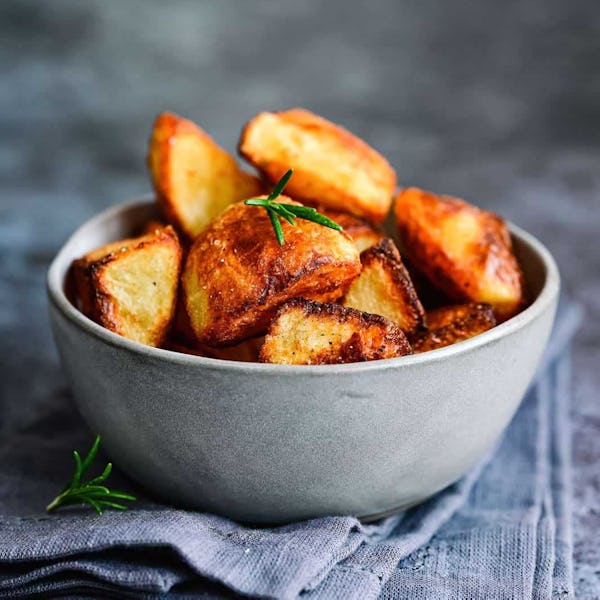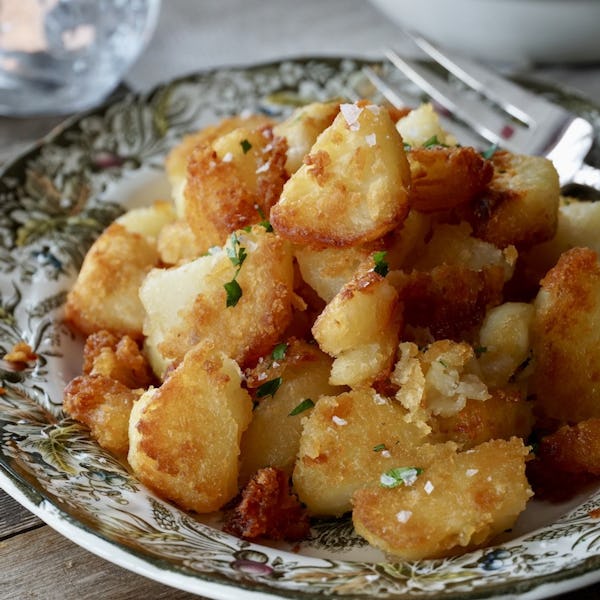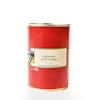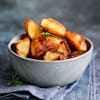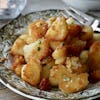(Tuesday Sep 16 , 2025)
For other areas, please change your delivery area at the top left of the page
Straight from the container, goose lard has a delicate yellow-white hue and a very faint, greasy aroma. Famous chefs such as Jamie Oliver, Nigella Lawson, and the legendary Mary Berry utilize varying quantities of this fat in their roasts, and the important thing is that you use it to your liking. Goose fat has no discernible taste when spread over food or cooked in a skillet, but it does leave a beautiful golden-brown buttery coating on the skin of your roasted items.
Goose fat is most famous for producing that gorgeous golden color when roasting potatoes. It’s also a terrific addition to legume-based soups. Traditional Jewish food makes extensive use of this rich fat (known as schmaltz) in everything from dumplings to caramelized onions, potato latkes, roasted vegetables, and even matzo ball soup. You may also use goose grease for oil or butter when making savory biscuits, cornbread, or tortillas.
Geese have been used in European cuisine since the Greco-Roman era. British geese fairs became popular on St. Matthew’s Day in September beginning in the 1200s. Around the nineteenth century, its fat entered the culinary repertoire and was especially appreciated as a rubbing remedy for chest colds. In France, goose lard is still commonly used in cooking in place of butter, particularly in the southwestern areas of Gascony, Aquitaine, and Périgord.
Storage Instructions
Unopened tins can be kept in a cold, dark pantry for up to a year. After opening, store it in an airtight glass jar in the refrigerator for up to 3 months. Press it into an ice cube tray and freeze it for up to 6 months for extended storage.

